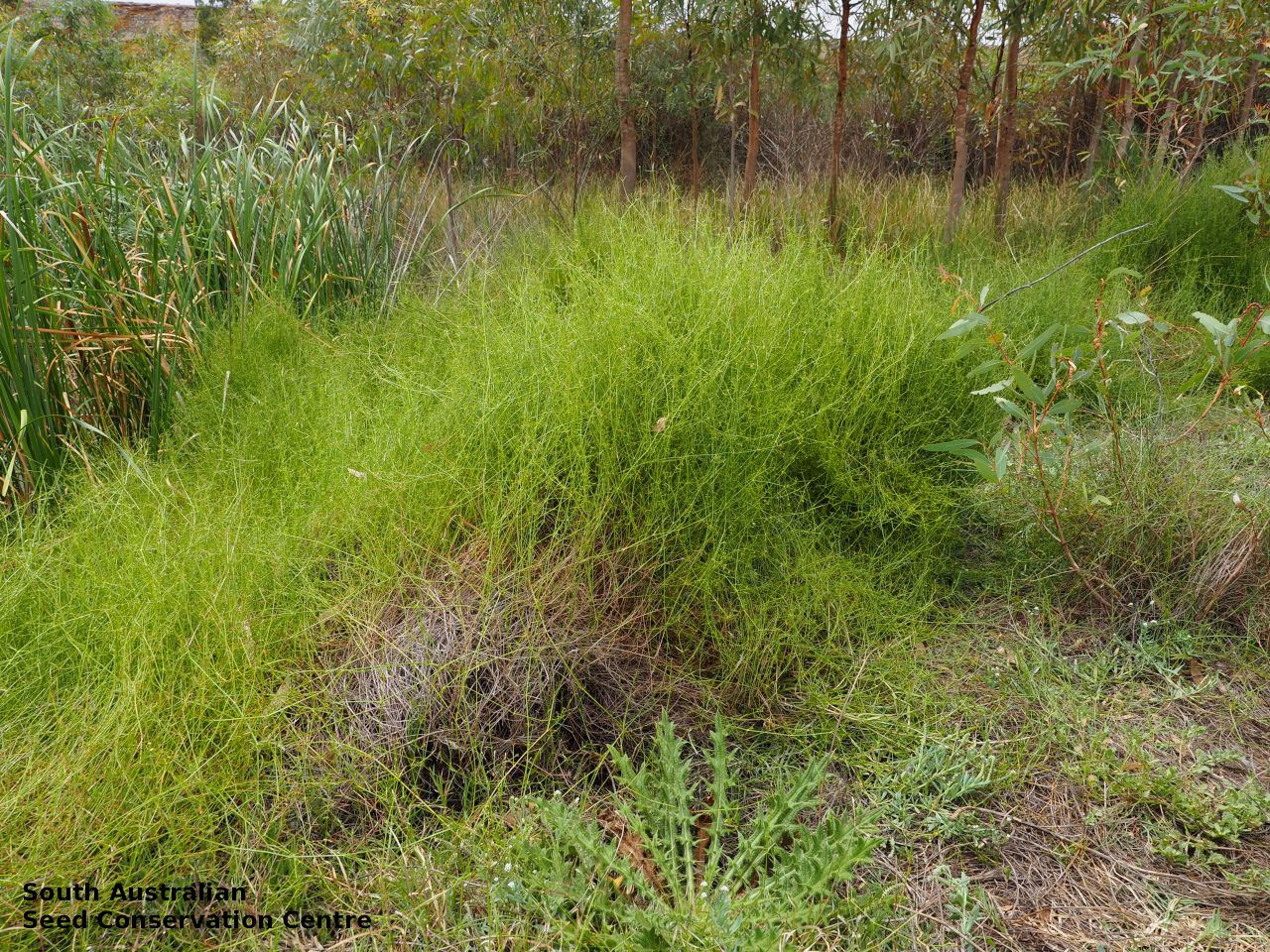
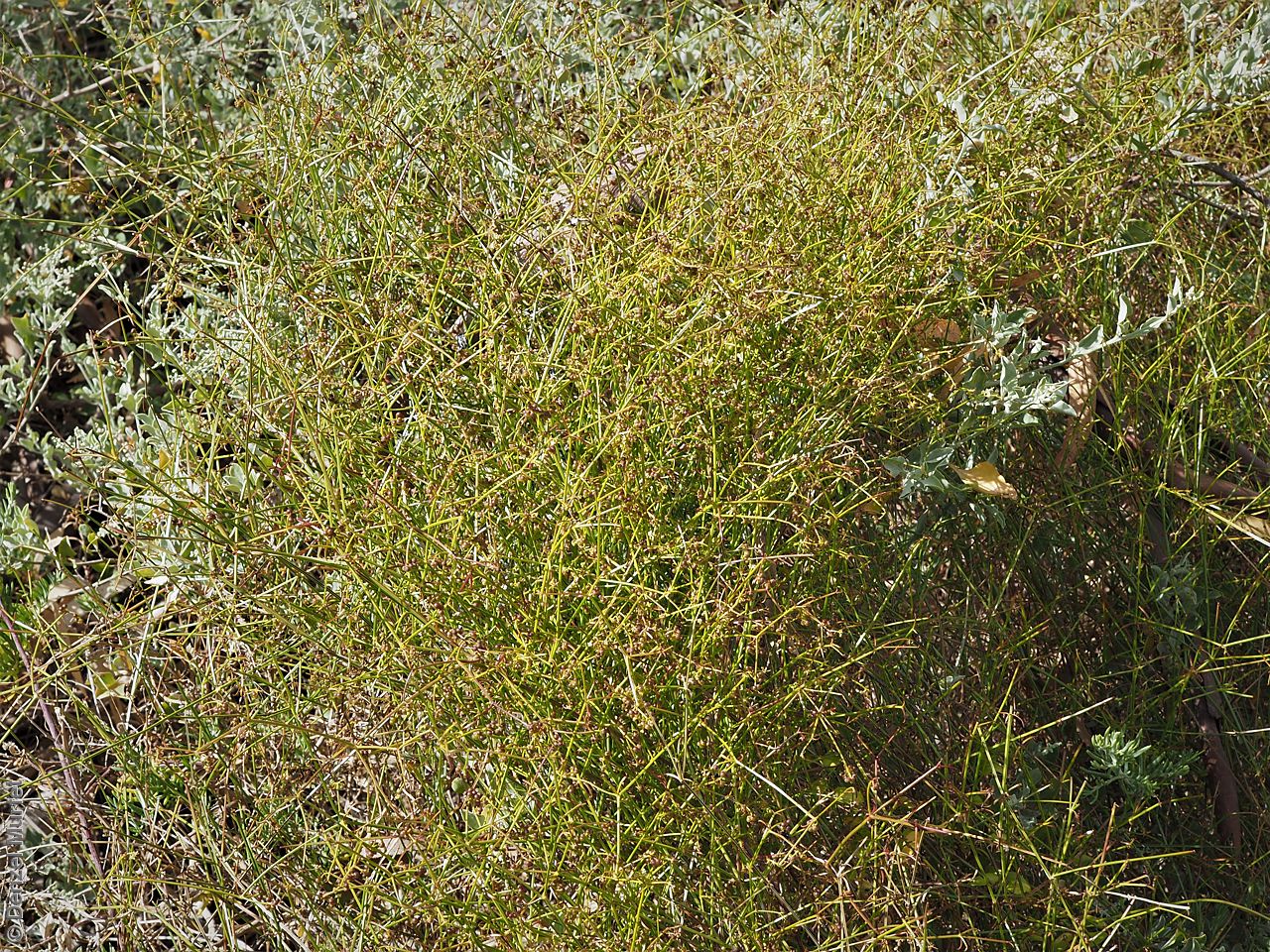
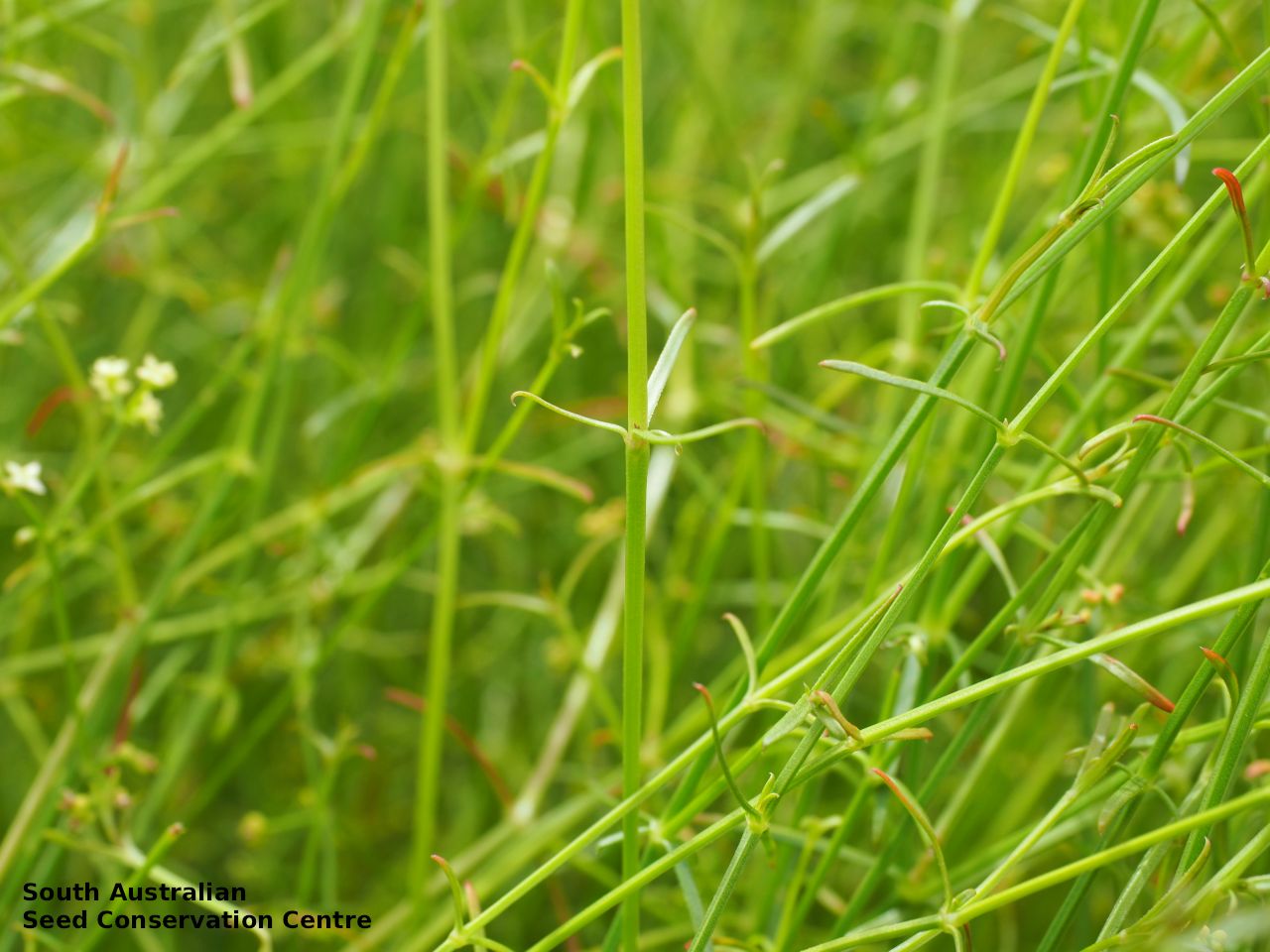
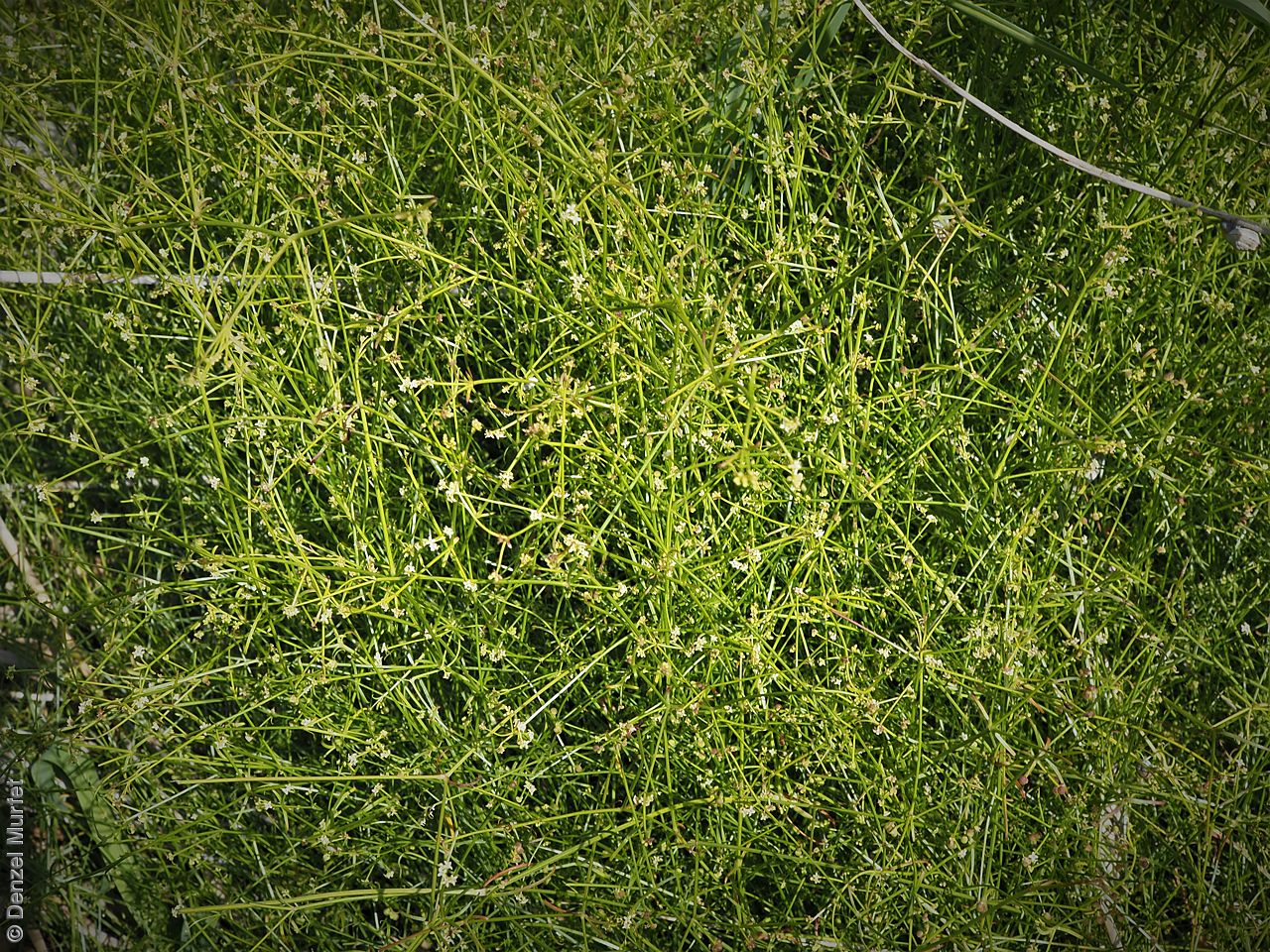
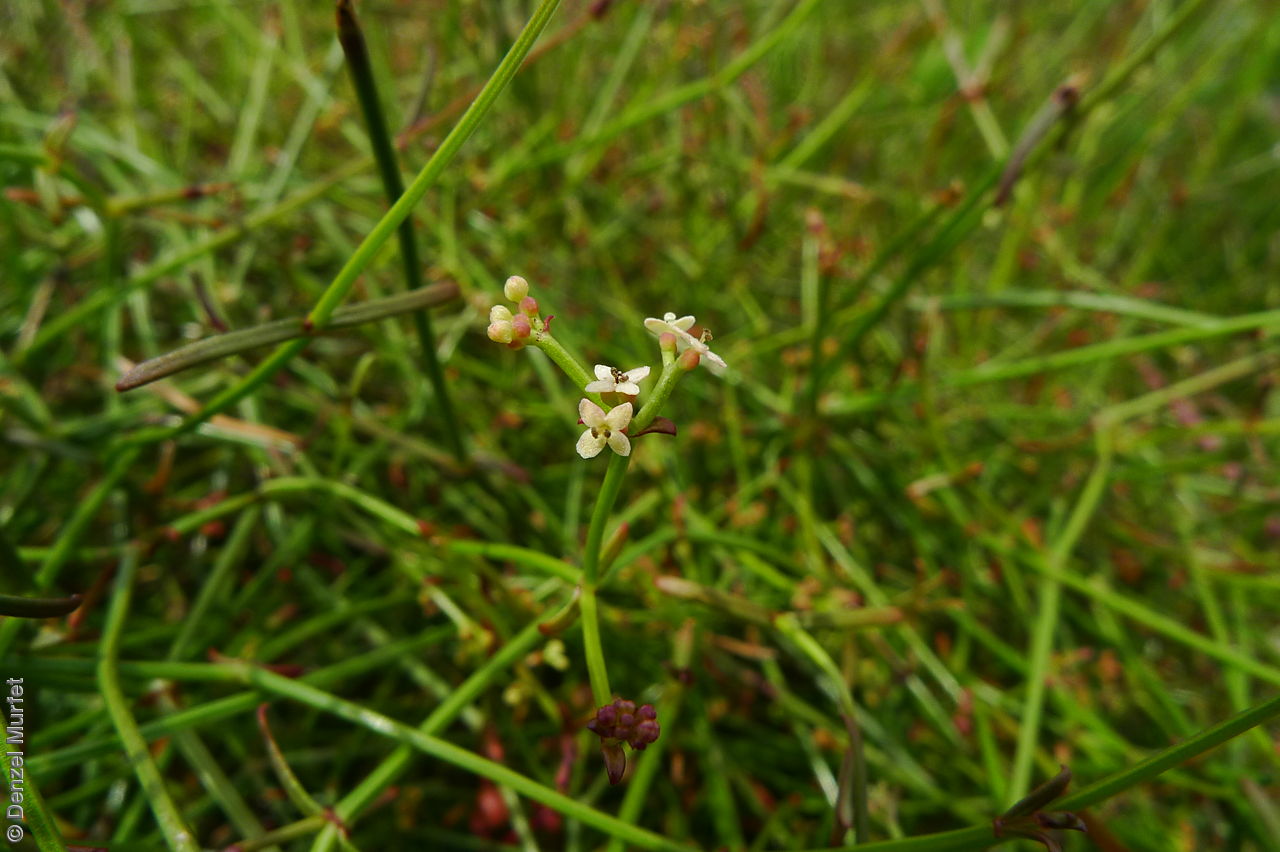
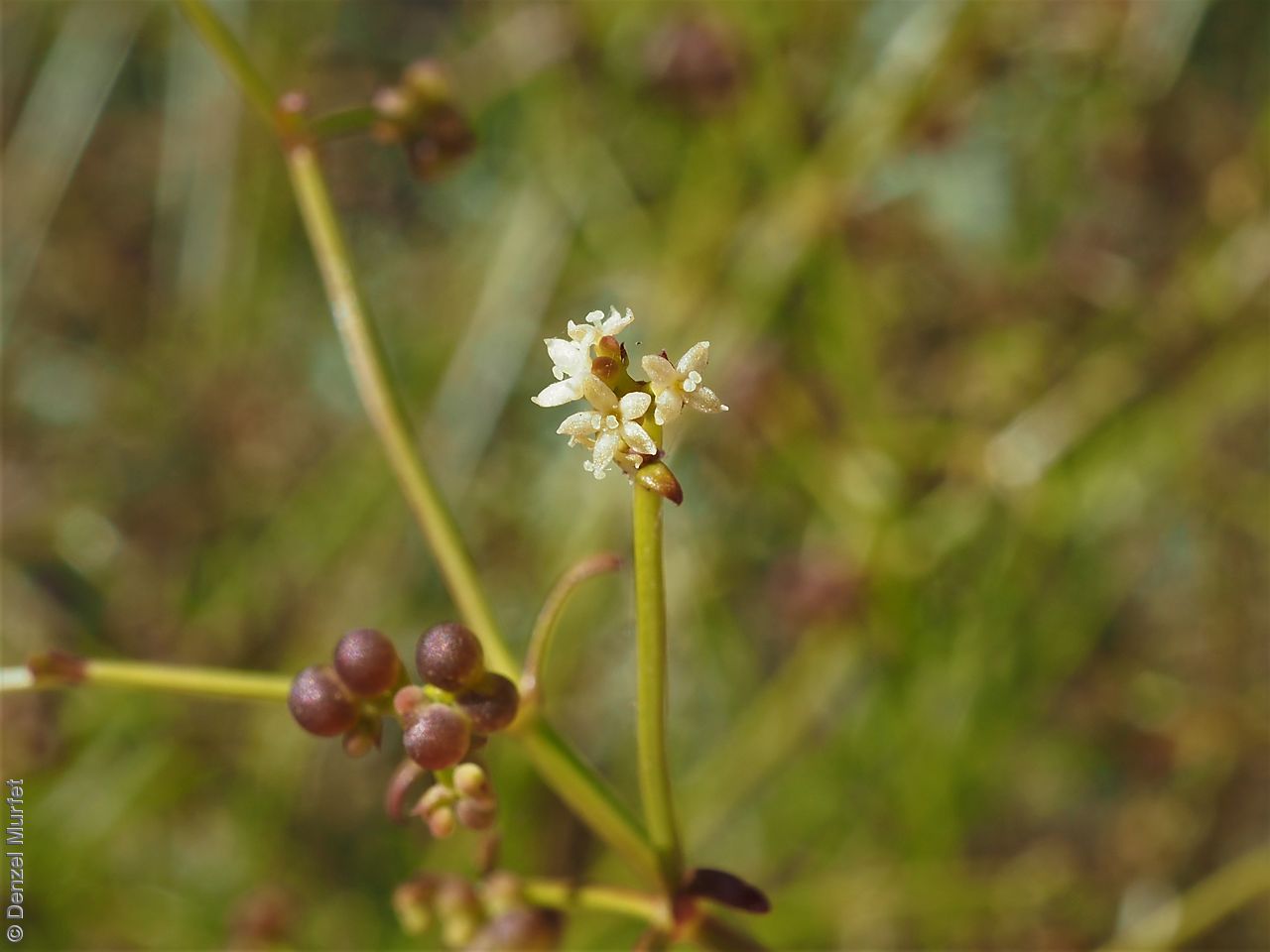
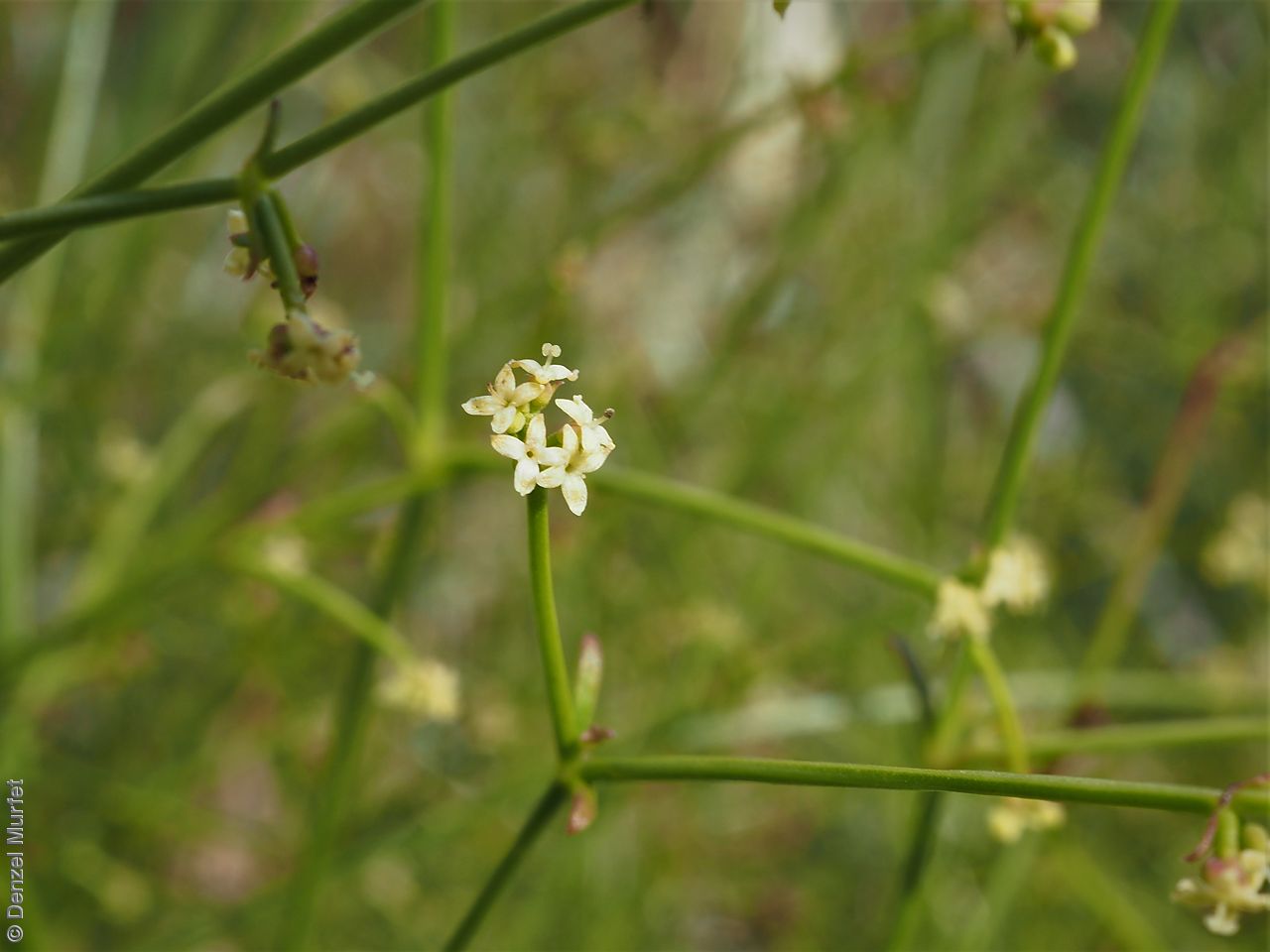
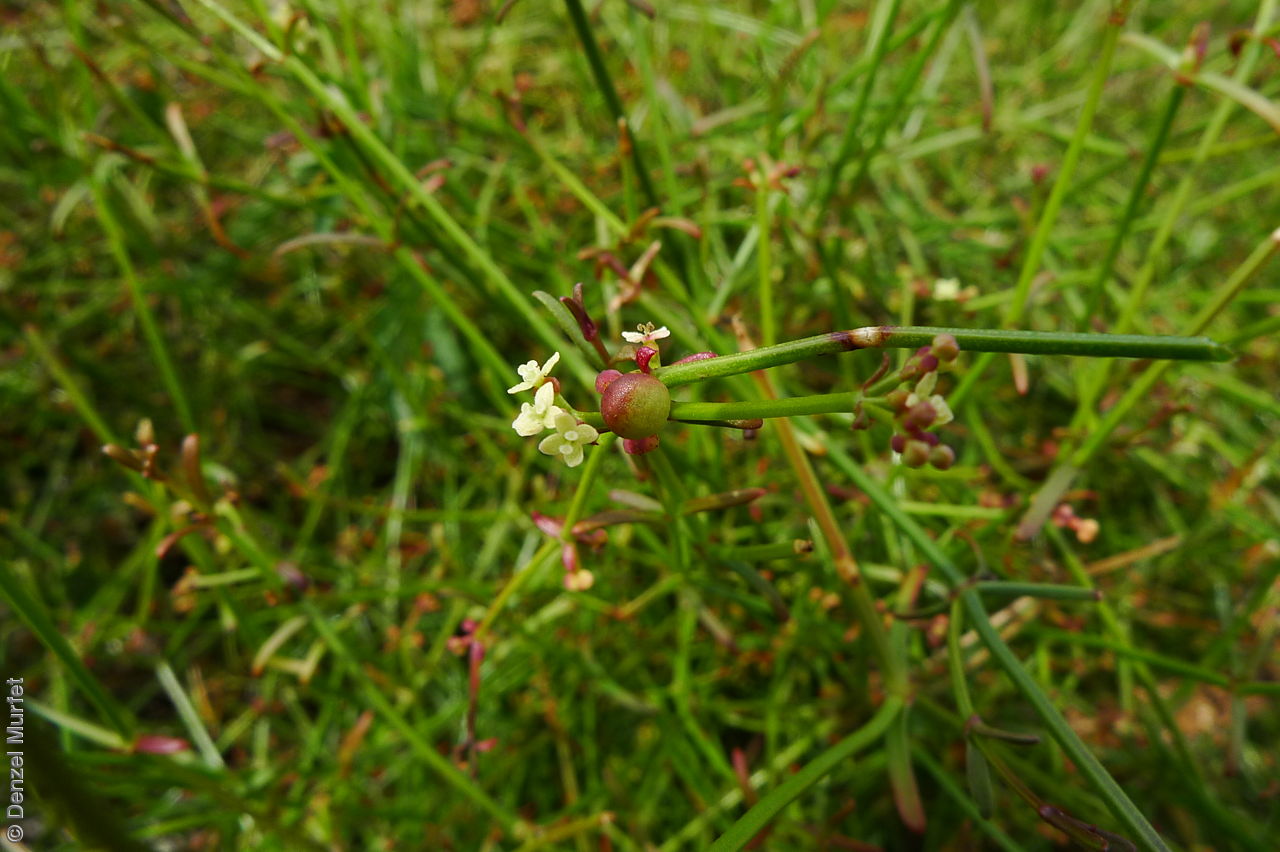
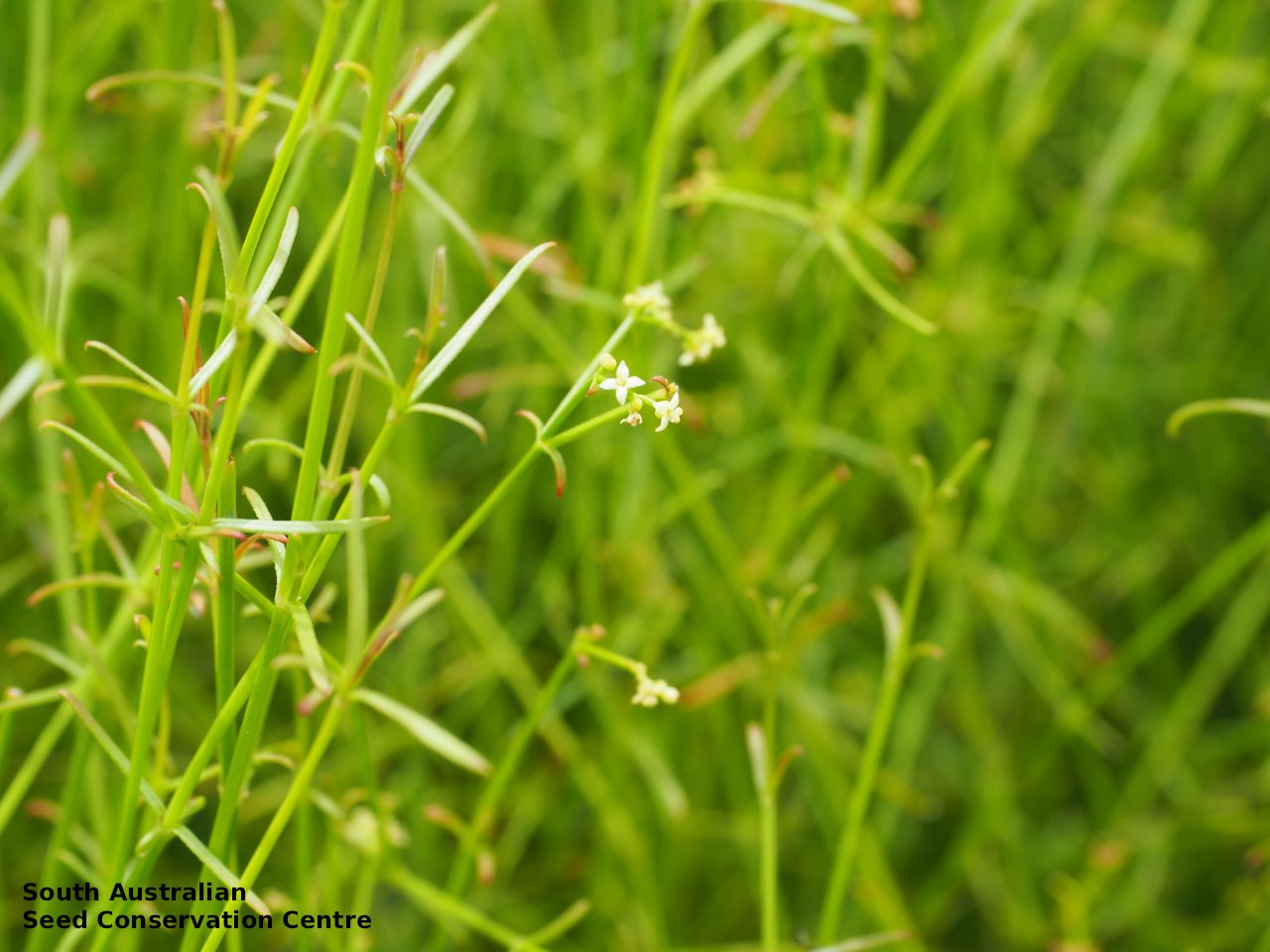
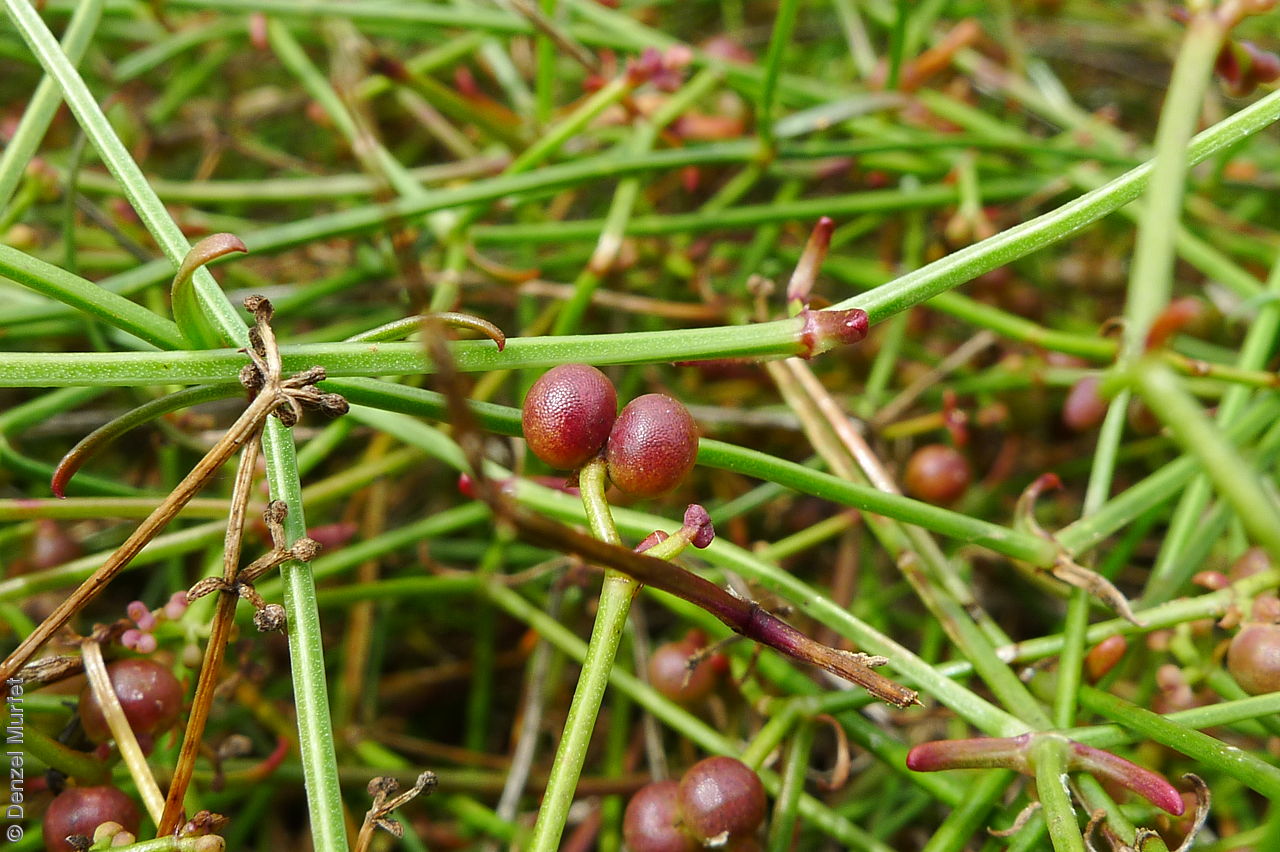
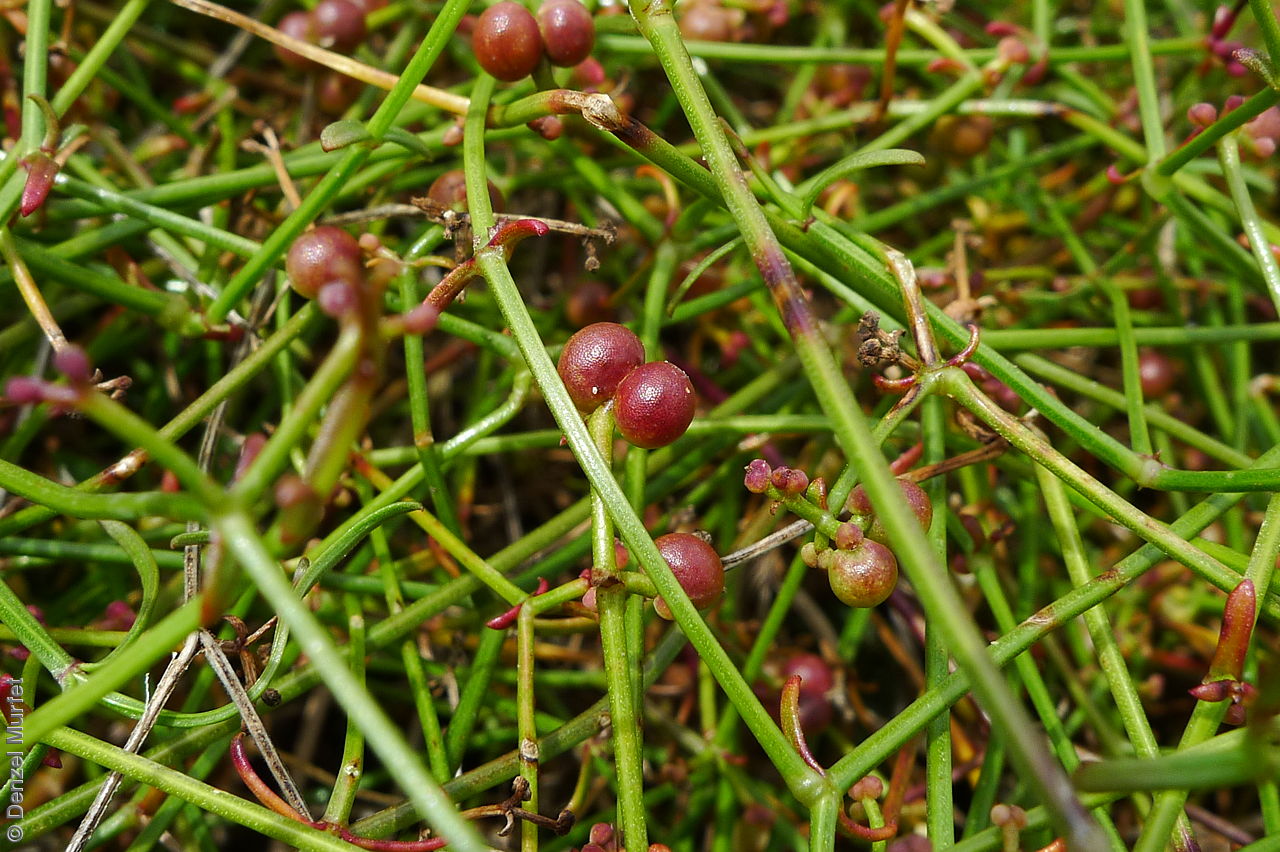

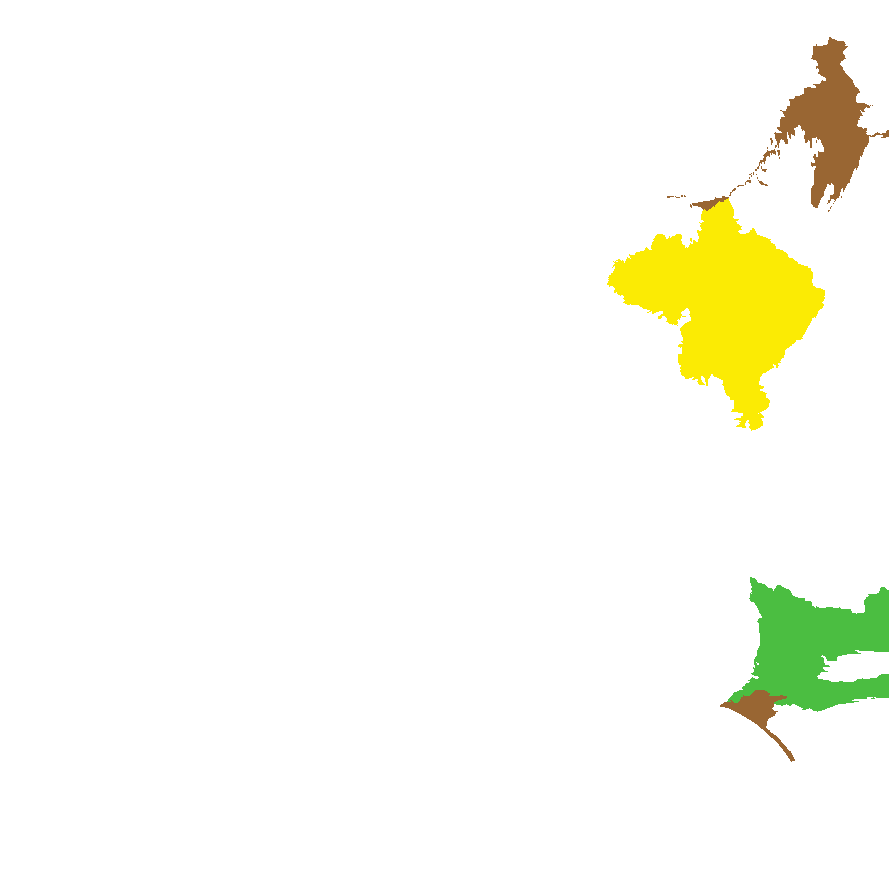
Botanical art
Prior names
Asperula geminifolia
Galium geminifolium
Etymology
Asperula from the Latin 'asper' meaning rough, alluding to the stiff hairs on the leaves and stems. Gemella from Greek meaning twin, referring to its opposite leaves on flowering stems.
Distribution and status
Found in the south-eastern part of South Australia from the Flinders Ranges to the lower South-east growing in a wide range of habitats and soil types. Also found in Queensland, New South Wales, Victoria and Tasmania. Native. Common in South Australia. Common in the other states.
Herbarium regions: Lake Eyre, Flinders Ranges, Eyre Peninsula, Murray, Southern Lofty
NRM regions: Adelaide and Mount Lofty Ranges, Eyre Peninsula, South Australian Arid Lands, South Australian Murray-Darling Basin
AVH map: SA distribution map (external link)
Plant description
Scrambling or often climbing perennial with slender stems slender to 1 m long, usually glabrous. Leaves and stipules about equal, in whorls of 4 at the base, with stipules becoming minute or absent on flowering branches so that the leaves are opposite, linear or linear-elliptic, to 15 mm long, rarely up to 35 mm long on lower branches. Inflorescences at terminal with 1-3 small clusters, each with up to 9 yellowish-green flowers. Flowering between September and March. Fruits are in two, reddish, globular to 3 mm diameter.
Seed collection and propagation
Collect seeds between November and June. Collect maturing fruits by picking off the clusters that are fat and turning reddish-brown or break off stems with numerous fruit clusters. Place the fruits in a tray and leave to dry for one to two weeks. Then rub the fruits with a rubber bung to dislodge the seeds. Use a sieve to separate the unwanted material. Store the seeds with a desiccant such as dried silica beads or dry rice, in an air tight container in a cool and dry place.
| Location | No. of seeds (weight grams) | Number of plants | Date collected | Collection number Collection location | Date stored | % Viability | Storage temperature |
|---|---|---|---|---|---|---|---|
| BGA MSB | 1,000 (5 g) 1,000 (5 g) | 100+ | 20-Nov-2006 | DJD694 Murray | 1-Aug-2007 | 55% | -18°C |
Number of plants: This is the number of plants from which the seeds were collected.
Collection location: The Herbarium of South Australia's region name.
% Viability: Percentage of filled healthy seeds determined by a cut test or x-ray.